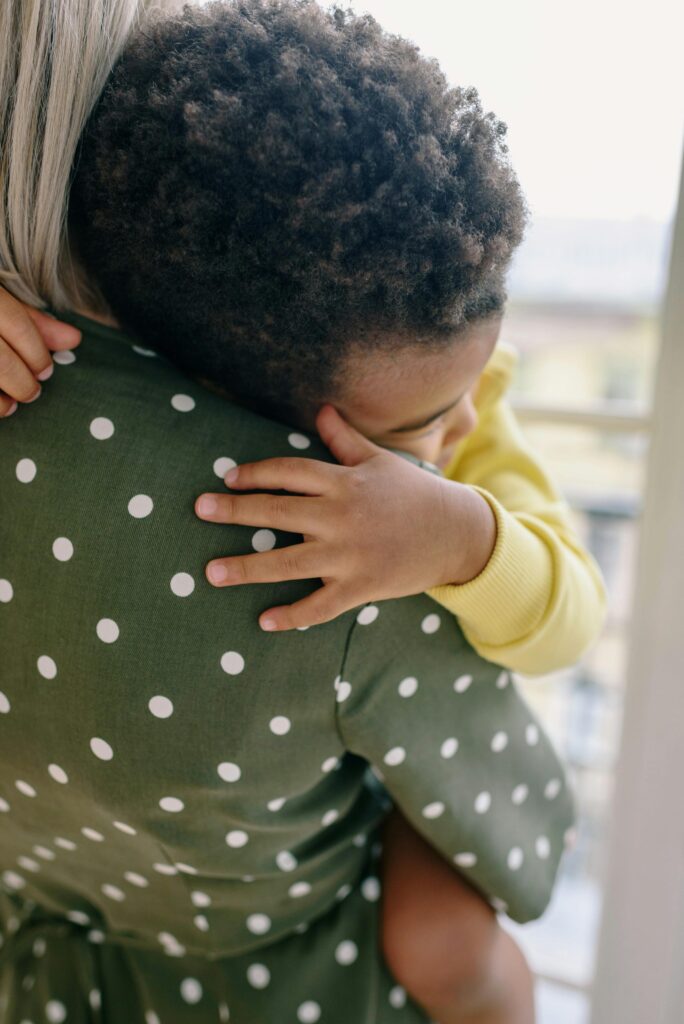
As parents, we’ve all been there—our little ones suddenly refusing to sleep alone, avoiding the backyard because it’s ‘spooky,’ or clinging to us when the wind picks up. Childhood fears are a normal part of development, but that doesn’t make them any easier to navigate. The good news? With love, patience, and a little creativity, we can help our kids face their fears!
Understanding Common Childhood Fears
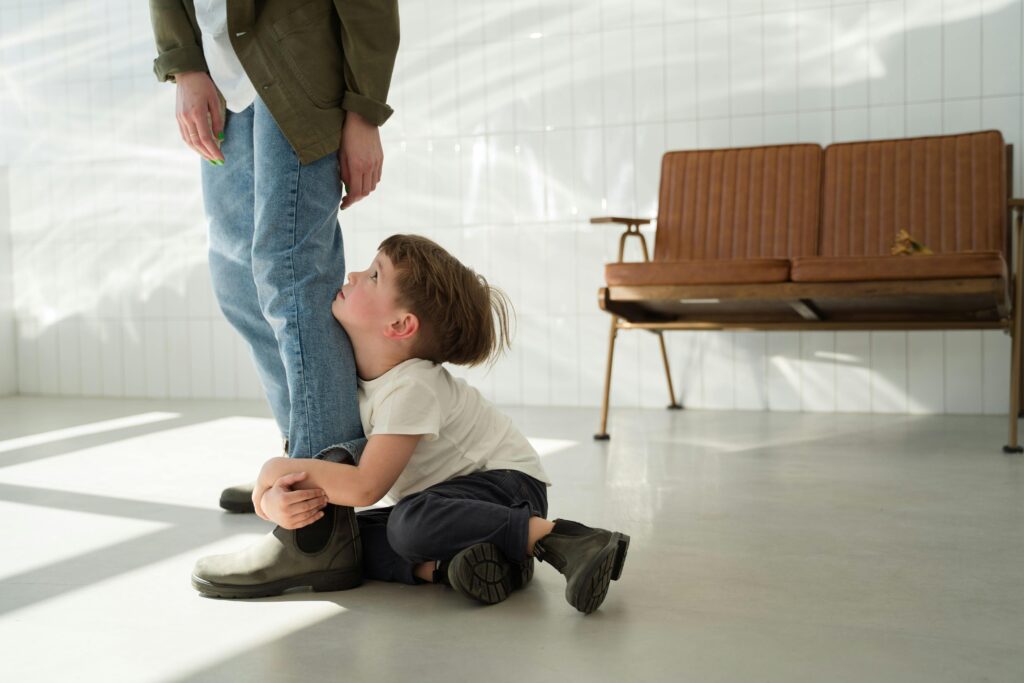
Kids’ fears evolve as they grow. Toddlers may be scared of loud noises, strangers, or the dark. Preschoolers might fear monsters, storms, or being separated from parents. By elementary age, fears may shift to real-world concerns like getting lost or peer rejection.
Fears often come from a child’s developing imagination and their need for security. Instead of dismissing them, offer comfort. Help your child build confidence to face their fears.
Gentle Strategies to Help Kids Cope
- Validate Their Feelings
Instead of saying, ‘There’s nothing to be afraid of,’ try, ‘I understand that feels scary. I’m here with you.’ Acknowledging their fear makes them feel heard and supported. - Offer Simple Explanations
Explain things like thunder in a fun way. For example, “The thunder is just the clouds playing tag!” This helps kids understand what’s happening. - Create Playful Exposure
If your child fears the dark, use glow-in-the-dark stickers or shadow puppets to make nighttime feel fun. If wind makes them nervous, pretend to be strong trees standing tall. - Empower Them with a Role
Give kids a role to play. For example, if ‘spooky’ things bother them, they can be the hero. Let them ‘boo’ the spookies away with a flashlight and a victory pose. This empowers them to face their fear. - Read Stories About Courage
Books like The Pout-Pout Fish In The Big Dark or I Am Courage show characters overcoming fear. These stories help kids feel braver and ready to face their own fears.
Reasoning Through the Fear
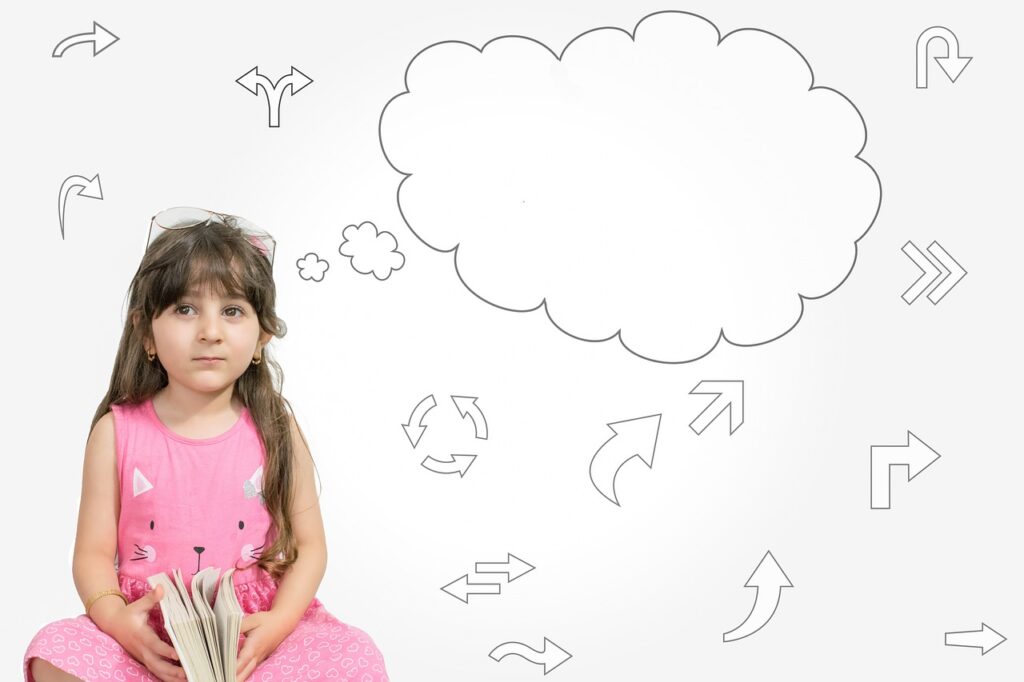
Sometimes, helping children reason through their fear is effective. While kids can’t always reason like adults, a little logic can work wonders.
For example, if your child fears flying away in the wind, place a “strong” toy outside to show it doesn’t blow away. Then, make it a game! Have your child find another “strong friend” to withstand the wind. Eventually, ask if they are as strong as the toy. If they’re brave enough, show them and praise them when they succeed. By reasoning together, children can feel empowered and see that their fear doesn’t have to control them.
Slow Down the Response: A Calming Strategy
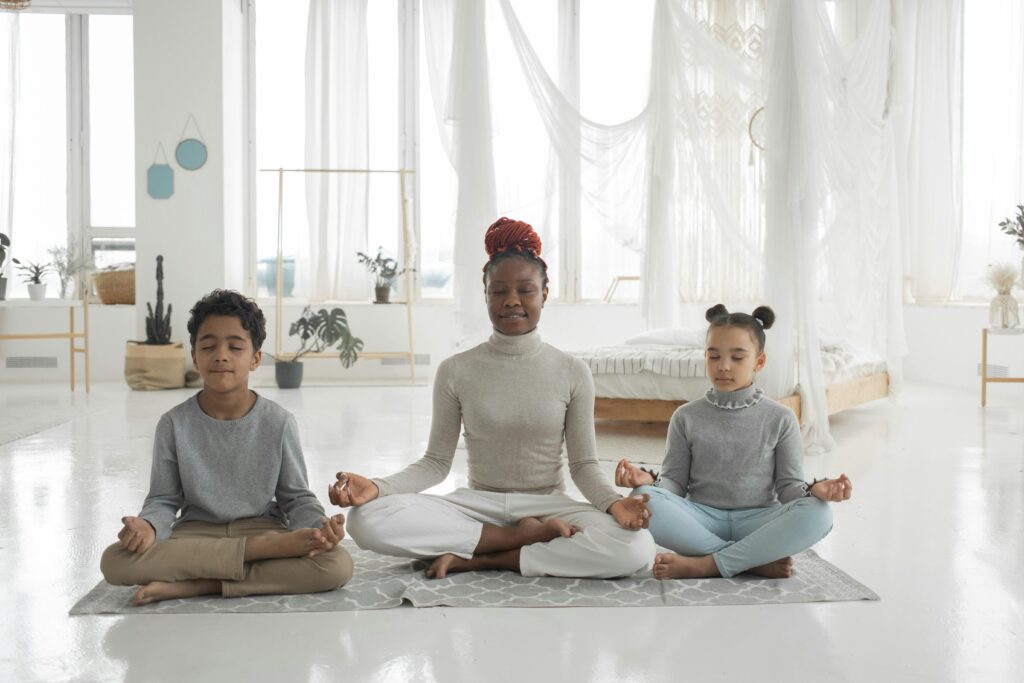
When kids feel scared, their emotional brains often take over. This is called an “amygdala hijack.” When the amygdala is triggered, it can override their thinking brain. This can make them feel panicked. When this happens, slowing down the response is key.
Using logic helps activate the frontal lobe, the part of the brain that helps with decision-making and calming. Encouraging deep breaths or counting together can help kids focus on the present. This gives them a chance to shift away from the amygdala’s emotional response and use their thinking brain to manage their fear.
If you want to read more about the “amygdala hijack”, click here for a Psych Central article.
Make It a Gradual Process
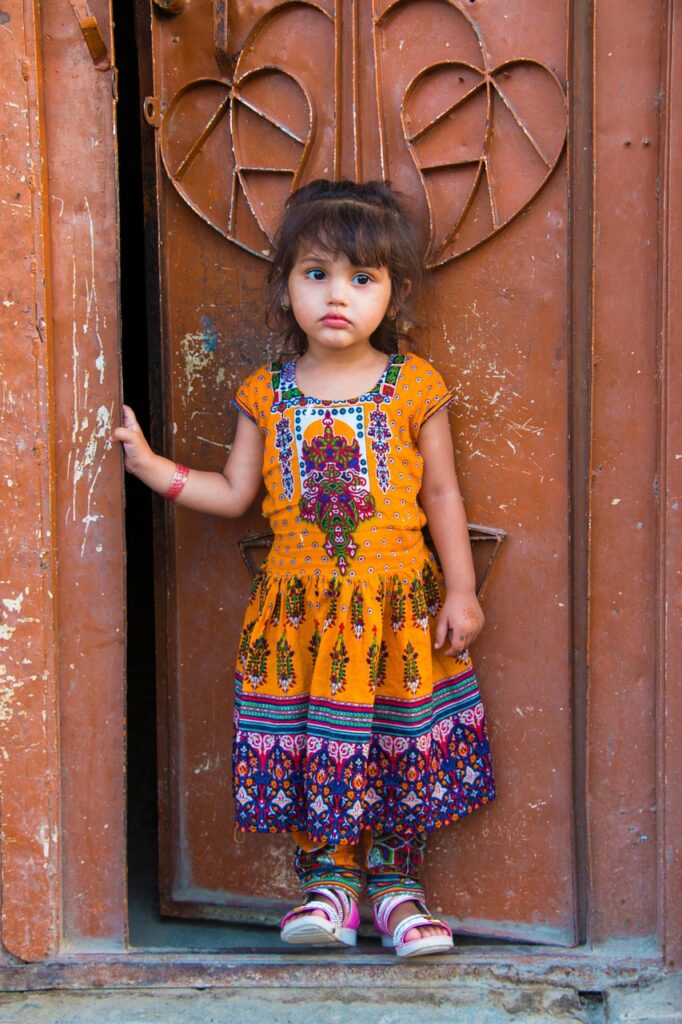
For overwhelming fears, take it slow. If your child is scared of the backyard, start by sitting near the door. Then, take one step outside at a time until they feel comfortable. Helping kids face their fears isn’t a one and done process. It takes time patience, support and a lot of love.
From Fear to Confidence: Let’s Talk More!
Every child’s fear is unique, but the way we support them matters most. Check out Season 2 Episode 2 of Pearls of Motherhood Podcast, we’re diving deeper into helping kids face their fears. We’ll share real-life stories and expert-backed strategies for helping kids overcome common fears in a loving way.
Join the conversation! What’s one way you’ve helped your child face a fear? Drop your answer in the comments below!
